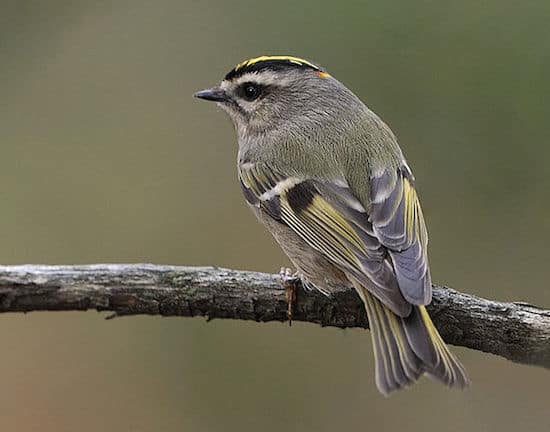Look For
Harris’s sparrow is our largest sparrow (7 ½ inches in length), and its combination of a black face and pink bill (in adult birds) makes it relatively easy to identify. First-winter birds have a pale brown head and a white throat.
Listen For
If you want to hear a Harris’s sparrow sing, you’ll have to head north to its breeding habitat. Its song is two or three clear whistles followed by two more on a lower tone: see-see-see [pause] soo-sooo. Its call is check.
Find It
Harris’s sparrows are uncommon in winter in brushy areas, hedgerows, and open woodland. They are present during summers in the far North in boreal forest and tundra scrub. They may mix with white-crowned sparrows in winter feeding flocks. You can occasionally find them visiting feeders in the Midwest.
Furthermore, Harris’s sparrow is the only passerine that breeds endemically in Canada. The Harris’s sparrow’s preference for ecotonal situations also suggests that the species is unlikely to be negatively affected by human activities in the future.
Feeding Behavior
Harris’s sparrows are generally ground feeders who most often use gleaning to capture their food. These sparrows will eat a little bit of everything such as seeds, fruits, buds, arthropods, and conifer needles.
Nesting Behavior
This sparrow has a generally remote breeding habitat and secretive nesting behavior. Their nest building is initiated in early to mid-June so the timing is affected by snow cover in the North. The nest is always on the ground, usually beneath a small shrub but sometimes may build beneath rock or turf overhangs.
The nest is sunken into the ground and composed of mosses, lichens, sedges, and grasses. Young Harris’ usually fledge within nine days. Nest predators include arctic ground squirrels, gray jays, and short-tailed weasels.
Wow!
The Harris’s sparrow was named by John James Audubon for Edward Harris, his friend and travel companion in the mid-1840s.




